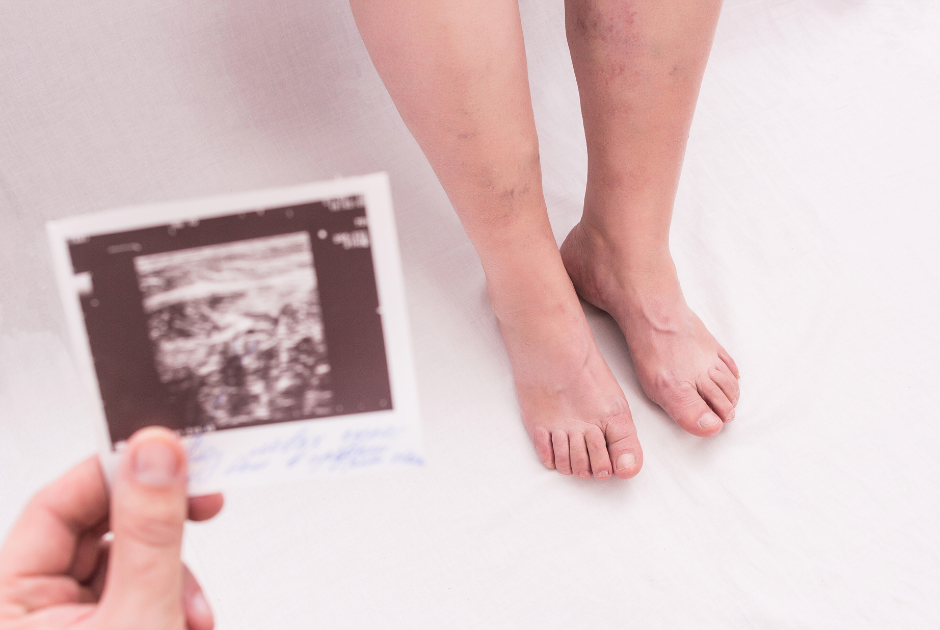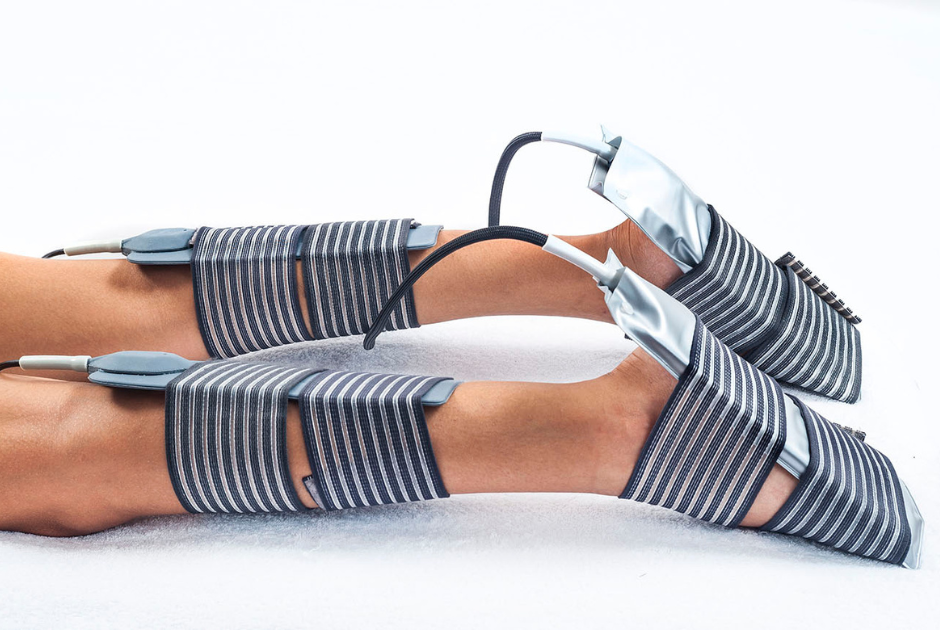
Chronic venous insufficiency (CVI) is a prevailing medical condition that affects a considerable segment of the Spanish population. It is characterized by the incapacity of the veins to correctly return the blood to the heart, which then causes blood accumulation in the legs and several other associated symptoms.
In this article, we will analyze the nature of CVI in detail, as well as its clinical manifestations, the risk factors behind its development and, most importantly, the available treatment options, concentrating specifically on Capenergy’s contribution to the treatment of this disorder.
What is chronic venous insufficiency?
The circulatory system, which consists of veins and arteries, plays a fundamental role ensuring efficient blood transport from the heart towards the rest of the body and vice versa. The walls of the veins have tiny valves that open and close and help control the pressure and blood flow, enabling a correct return flow to the heart.
The veins of the legs, in particular, face major challenges as they are subjected to gravity, which can complicate venous return. When the veins lose elasticity and the valves controlling the blood flow are not working correctly, chronic venous insufficiency is produced.
This condition can manifest itself through a series of uncomfortable symptoms, including pain, swelling, cramps and a heavy feeling in the legs, as well as the appearance of varicose veins and spider veins.
Risk factors and prevalence of chronic venous insufficiency
Chronic venous insufficiency is not an exclusive condition of a particular demographic segment. On the contrary: it can affect people of all ages and sexes. Nevertheless, there are certain risk factors that increase the probability of suffering this disorder. These factors include age, female sex (especially after 35), pregnancy, hormonal alterations, overweight, sedentary lifestyle and lack of physical exercise.
Nevertheless, the disorder is gradually affecting younger patients mainly due to the fact that this pathology is very much linked to lifestyle.
According to the data of the Spanish Phlebology Chapter, approximately 30% of Spanish adults suffer a certain degree of chronic venous insufficiency and up to 98% of these patients will experience pain at a certain stage.

Although CVI generally doesn’t imply severe health problems, it does certainly affect the personal and professional life quality of those people suffering from it and does also represent a sanitary issue of the highest magnitude.
It furthermore is an issue that does not disappear over time. Therefore, the sooner it is diagnosed and treated, the higher the possibilities of preventing the associated complications and a further development of the disorder.
The main symptoms of chronic venous insufficiency are:
- Pain, itching, heaviness and chronically tired legs.
- Swollen lower limbs and ankles.
- Nightly cramps
- Warm feeling, reddening, dryness and constantly itchy skin.
- Spider veins.
- Varicose veins
How to treat chronic venous insufficiency?
Even though there is no definite treatment that can revert the effects of chronic venous insufficiency, there are several therapeutic options available to help control the symptoms and prevent its complications.
These options include adopting a healthy lifestyle, as well as avoiding standing or sitting down for long periods of time, a balanced diet and good hydration. It is also possible to get treatments such as compressive therapy, drug therapy and, in the worst cases, surgery.
Capenergy: Innovation in the treatment of chronic venous insufficiency
Capenergy can be of a great help to patients who present this pathology. Our second generation radiofrequency devices, through an athermal application of electromagnetic drainage, have obtained promising results, improving both the blood and lymphatic circulation of patients with chronic venous insufficiency.

Thanks to the athermal application of Capenergy devices, a significant increase of the blood and lymphatic circulation is produced, improving the nutritional state and internal oxygenation of the tissues. From the first session on, there is also an evident improvement of the pain as well as a reduction of the swelling and its associated volume.
In short, chronic venous insufficiency represents a significant clinical challenge that can affect the life quality of those people who suffer from it. Nevertheless, with a multidisciplinary approach that includes changes in lifestyle and therapeutic options, such as the use of innovative technologies like Capenergy’s, it is possible to control the symptoms and improve the patients’ wellbeing.
Would you like to know more about Capenergy’s radiofrequency and how it can help you treat different ailments at your clinic? Request a free demo.